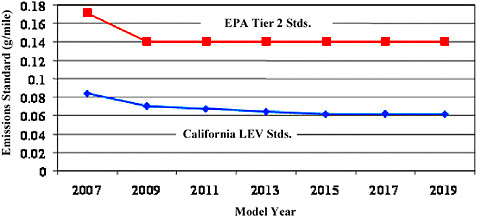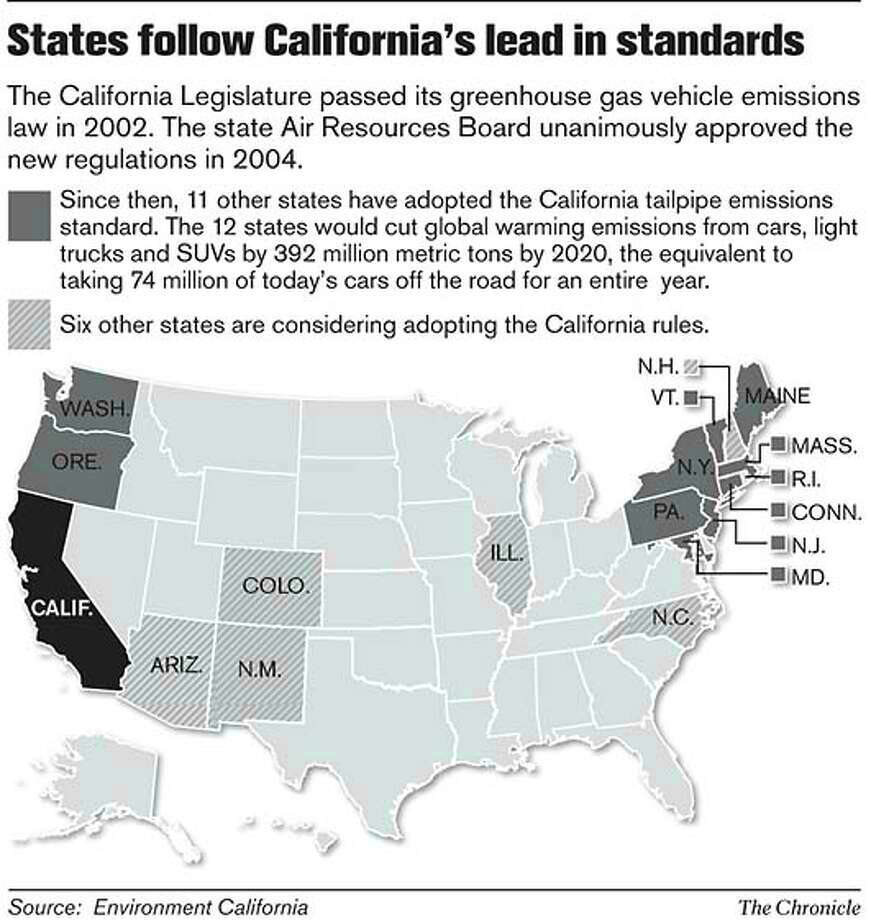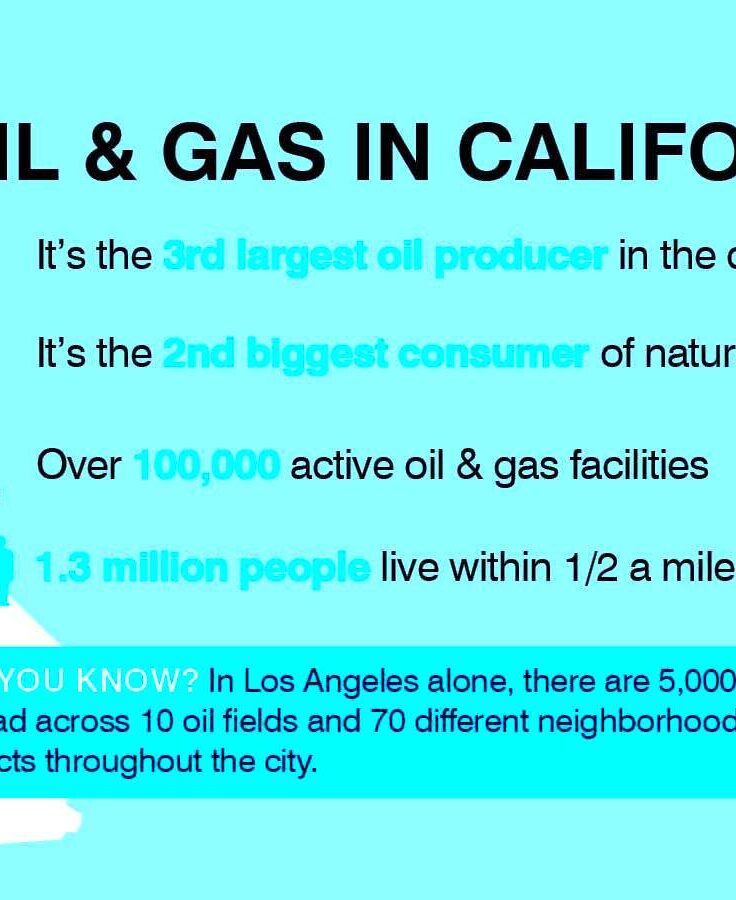California’s Enforcement of Emissions Standards
California has always been a leader in safeguarding the environment and its emissions standards showcase this dedication. For quite some time now California has aimed to curb air pollution and tackle climate change with its goals. These standards go beyond being mere regulations; they embody a profound conviction to preserve our planet, for the sake of generations to come. Having spent my childhood in this state I’ve witnessed the significance of these rules in preserving the breathtaking scenery we often overlook.
Overview of California’s Emissions Regulations

Californias emissions rules are thorough and specific targeting different pollution sources. Lets take a moment to explore the aspects these regulations encompass.
- Vehicle Emissions: California imposes strict standards on cars, trucks, and buses to limit pollutants like nitrogen oxides and particulate matter.
- Industrial Emissions: Factories and industrial facilities must adhere to limits on emissions of harmful substances, including volatile organic compounds and greenhouse gases.
- Power Plants: Regulations ensure that power plants use cleaner technologies and reduce emissions of sulfur dioxide, carbon dioxide, and other pollutants.
- Greenhouse Gas Reduction: California has set ambitious targets for reducing greenhouse gas emissions across all sectors, including transportation, industry, and agriculture.
These rules aim to safeguard the quality of air and the well being of the population showcasing Californias proactive stance on caring for the environment. The states dedication is apparent through its strict standards and regular revisions to tackle new obstacles.
Key Agencies Involved in Enforcement

The enforcement of California’s emissions regulations involves a coordinated effort among various agencies. Each agency has a crucial responsibility in upholding adherence to the standards and safeguarding our environment.
- California Air Resources Board (CARB): CARB is the primary agency responsible for setting and enforcing emissions standards. They work on everything from vehicle emissions to industrial pollution control.
- California Environmental Protection Agency (CalEPA): CalEPA oversees the environmental regulations across various sectors, including those related to air quality and emissions.
- Regional Air Quality Management Districts: These local agencies implement and enforce CARB’s regulations at the regional level, tailoring enforcement to specific local conditions.
- Department of Public Health: This department monitors the health impacts of emissions and collaborates with other agencies to ensure that public health considerations are integrated into enforcement efforts.
After seeing how hard these agencies work it’s evident that they play a role in keeping Californias air clean. Their dedication to upholding the states environmental protection standards is vital and their continuous efforts have a real impact on our daily lives.
Steps for Ensuring Compliance
Making sure to follow Californias emissions standards is a task that requires careful attention to detail. As someone who has been engaged in environmental advocacy I understand how important it is to approach this process in an orderly manner. Lets take a look at the steps that businesses and individuals should take.
- Understand the Regulations: The first step is to thoroughly understand the specific emissions regulations that apply. This might involve studying CARB’s guidelines or consulting with environmental experts.
- Implement Necessary Technologies: Invest in and install the required technology to meet emissions standards. This could include advanced filtration systems for factories or upgraded catalytic converters for vehicles.
- Regular Maintenance and Inspections: Regularly maintain equipment and vehicles to ensure they continue to operate within compliance. Routine inspections are crucial to catch any potential issues early.
- Document Compliance: Keep detailed records of all compliance measures, maintenance activities, and inspections. This documentation can be vital during audits or inspections.
- Training and Education: Ensure that all employees are educated about emissions regulations and their roles in maintaining compliance. Training programs can help keep everyone informed and proactive.
These actions show a dedication not only to complying with the legal requirements but also to fostering a better ecosystem. In my view it’s the forward thinking and well informed strategy that truly sets apart.
Penalties for Non-Compliance
Failing to comply with Californias emissions standards can result in penalties. Recognizing these repercussions can encourage both companies and individuals to closely follow the rules. Here are the potential outcomes you may encounter.
- Fines: Financial penalties for non-compliance can be substantial. These fines are designed to be a deterrent and can vary based on the severity of the violation.
- Operational Restrictions: In some cases, businesses may face restrictions on their operations. This could mean reduced hours or even temporary shutdowns until compliance is achieved.
- Legal Actions: Persistent non-compliance can lead to legal actions, including lawsuits or criminal charges. This can have long-term impacts on a business’s reputation and operations.
- Increased Scrutiny: Non-compliant entities may face increased scrutiny from regulatory agencies, leading to more frequent inspections and audits.
Based on what I’ve seen the true impact of not complying goes beyond just facing fines and legal issues. It also impacts how the public perceives a business and can harm its reputation. Upholding emission standards is not solely about steering clear of punishments; it involves making a difference, in both the environment and society.
Recent Changes in Emissions Enforcement
California has a reputation for adapting its rules to tackle emerging environmental challenges and the recent adjustments in emissions enforcement are a testament to this trend. These revisions demonstrate an increasing awareness of climate concerns and progress in technology.
- Stricter Emission Limits: Recent changes have introduced stricter emission limits for both vehicles and industrial operations. These limits aim to reduce pollution levels even further.
- Enhanced Monitoring Technology: Advances in technology have led to more sophisticated monitoring systems. These systems provide real-time data and improve the accuracy of emissions measurements.
- Expanded Compliance Programs: New compliance programs and incentives are being introduced to help businesses meet the updated standards. These include grants for technology upgrades and support for environmental best practices.
- Increased Penalties: In response to ongoing challenges, penalties for non-compliance have been increased. This change is meant to strengthen enforcement and ensure that regulations are taken seriously.
After keeping a close eye on these changes it’s evident that Californias strategy is innovative and progressive. These adjustments go beyond merely enforcing regulations; they aim to build a sustainable tomorrow for everyone. Adopting these advancements is essential for those working in environmental stewardship.
Case Studies and Examples
Delving into real world instances of how California’s emission standards are upheld can provide valuable insights. These real life scenarios shed light on the hurdles and triumphs associated with enforcing these rigorous rules. A notable case is a manufacturing facility in Los Angeles that adopted advanced filtration technology to comply with revised emission standards. This enhancement not only spared them from penalties but also enhanced air quality, positively impacting the local community.
A notable example is a neighborhood car repair store in San Diego. Following penalties for not adhering to rules they proactively worked to meet regulations by integrating cutting edge diagnostic equipment and engaging in ongoing training sessions. This not helped them stay compliant but also enhanced their image as a business.
These narratives emphasize an aspect of compliance. It’s not solely about steering clear of consequences but also play a role in fostering a healthier planet. More often than not this proves to be mutually beneficial for both the company and the society at large.
Future Directions for Emissions Standards Enforcement
In the future California is set to adapt its emissions standards in line with technological progress and changing environmental priorities. The state is taking the lead through a range of forward looking initiatives.
- Integration of AI and Machine Learning: Future enforcement may leverage AI to predict and identify potential non-compliance issues before they arise. This proactive approach can help prevent violations and reduce the burden on regulatory agencies.
- Expansion of Green Technologies: As green technologies become more affordable, their adoption is likely to become more widespread. This includes innovations in renewable energy sources and electric vehicles, which will help reduce emissions across various sectors.
- Enhanced Public Engagement: Expect to see more initiatives aimed at educating the public and businesses about emissions standards. Greater awareness can lead to higher compliance rates and more community involvement in environmental protection.
- Strengthened Regional Collaborations: Collaboration between California and neighboring states is likely to increase, addressing cross-border pollution issues and creating a more unified approach to emissions reduction.
In my view these proactive strategies show a stronger dedication to preserving the environment. The changing landscape of enforcing emissions standards holds the potential for a more cohesive and impactful method in addressing air pollution.
FAQs About California’s Emissions Standards
Navigating the intricacies of Californias emissions standards can be a bit challenging. To help shed some light on the subject here are some commonly asked questions that may provide clarity.
- What are California’s emissions standards? California’s emissions standards are regulations designed to limit the amount of pollutants that vehicles, industrial facilities, and other sources can emit into the air. These standards aim to improve air quality and protect public health.
- Who is responsible for enforcing these standards? The California Air Resources Board (CARB) is primarily responsible for setting and enforcing emissions standards. Local air quality management districts also play a crucial role in implementation and monitoring.
- What happens if I don’t comply with these standards? Non-compliance can result in significant fines, operational restrictions, and even legal actions. It’s essential to adhere to these regulations to avoid penalties and contribute positively to the environment.
- How can I ensure my business is in compliance? Start by understanding the specific regulations that apply to your business. Invest in necessary technologies, maintain equipment regularly, and keep detailed compliance records. Additionally, staying updated on regulatory changes and participating in training programs can help.
- Are there any recent updates to these standards? Yes, California frequently updates its emissions standards to address new environmental challenges and incorporate technological advancements. Recent changes include stricter emission limits and enhanced monitoring technologies.
By addressing these queries we can shed light on the intricacies of emissions standards and enable both people and companies to navigate regulations more effectively. The key lies, in being well informed and taking initiative to play a role in fostering a cleaner and healthier planet.
Conclusion
Californias emissions standards go beyond mere rules; they embody a dedication to a cleaner planet and a sustainable tomorrow. Based on my observations of these standards in action it’s evident that adhering to them is not solely about evading fines; it’s about making a difference. The actions needed to meet these standards the repercussions of non compliance and the recent updates all underscore the significance of staying well informed and proactive. Welcoming these regulations with sincerity not helps steer clear of issues but also plays a role in the collective mission to safeguard our world. As we progress forward adapting to these standards will be crucial, for ensuring a more environment for future generations.


